How to tell water temp without thermometer
Today we talk about How to tell water temp without thermometer.
Have you ever found yourself needing to know the temperature of your water but didn’t have a thermometer on hand? This has happened to me countless times—whether I’m preparing the ideal cup of tea or boiling pasta for dinner. Understanding how to tell water temperature without a thermometer is vital, as too hot water can scald, while too cold water can spoil the experience. Below, I’ll share several proven methods, backed by data and specific indicators, to help you gauge water temperature accurately.
1. Consider the Type of Water
Effects of Water Source on Temperature
First, I always consider the type of water I’m working with. According to the U.S. Geological Survey, groundwater remains cooler than surface water, typically ranging from 10°C to 20°C (50°F to 68°F). In contrast, heated water from the tap can quickly reach temperatures around 60°C (140°F). Knowing where the water comes from helps me gauge what kind of temperature range to expect.
2. Observe the Size and Frequency of Bubbles

Understanding the Boiling Point Indicators
As I heat water, I pay attention to how bubbles form. Small bubbles start appearing at around 70°C (158°F), while a steady stream of larger bubbles indicates that the water is nearing boiling, usually at 100°C (212°F) at sea level. This simple observation helps me decide whether I can safely pour it over my tea leaves or if it’s time to add pasta.
3. Listen to the Sounds During Heating

Identifying Boiling Sounds
Listening is another effective method. I can hear a soft hissing sound as water heats up, which turns into a more intense bubbling noise around the boiling point (100°C or 212°F). If I listen closely, I can often anticipate the moment my water is ready just by sound alone!
4. Look for Visual Cues
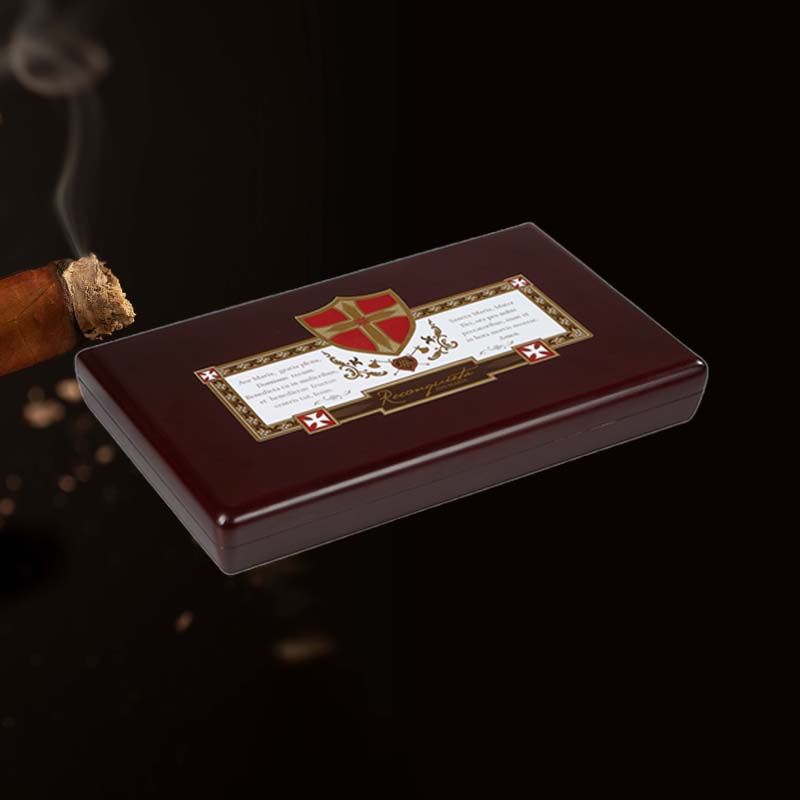
Surface Movements and Their Meanings
I observe the surface of the water closely. Before it boils, water shows gentle ripples. Once it heats above 85°C (185°F), the surface becomes agitated. If I see consistent choppy surface movements, I know the temperature is escalating and could eventually reach boiling soon. This visual cue guides me, especially when making drinks like Instant Coffee.
5. Use the Touch Test
How to Safely Gauge Temperature with Your Hand
The touch test involves carefully dipping a clean finger into the water. I usually do this when the water appears to be around 40°C (104°F) to 50°C (122°F); it should still feel warm but not burning. This method is particularly useful for gauging bathwater for my kids, ensuring it’s comfortable enough for them.
6. Estimate Temperature with a Water Test

Using Common Kitchen Items to Gauge Heat
I can utilize common kitchen items to test the water’s temperature. For instance, pasta cooking in boiling water (about 100°C or 212°F) will typically take around 8-12 minutes. If pasta is al dente in that timeframe, I can be confident that the water reached the appropriate boiling temperature!
7. Recognize the Color Changes
Water Color Indicators for Different Temperatures
I’ve noticed that the appearance of water can change subtly based on its temperature. For example, very hot water may appear to shimmer due to the heat effect, reflecting light differently. Cold water, on the other hand, tends to look clearer. This is a simple visual indicator I rely on extensively.
8. Take Note of the Steam Production

How Steam Intensity Can Signal Temperature
Steam production is a significant indicator of temperature. When water reaches about 80°C (176°F), I often see a light steam rising, which increases as the temperature approaches boiling. If I see thick clouds of steam swirling upwards, I can be sure my water is at or near its boiling point, ideal for brewing tea or cooking vegetables.
9. Calculate Based on Time
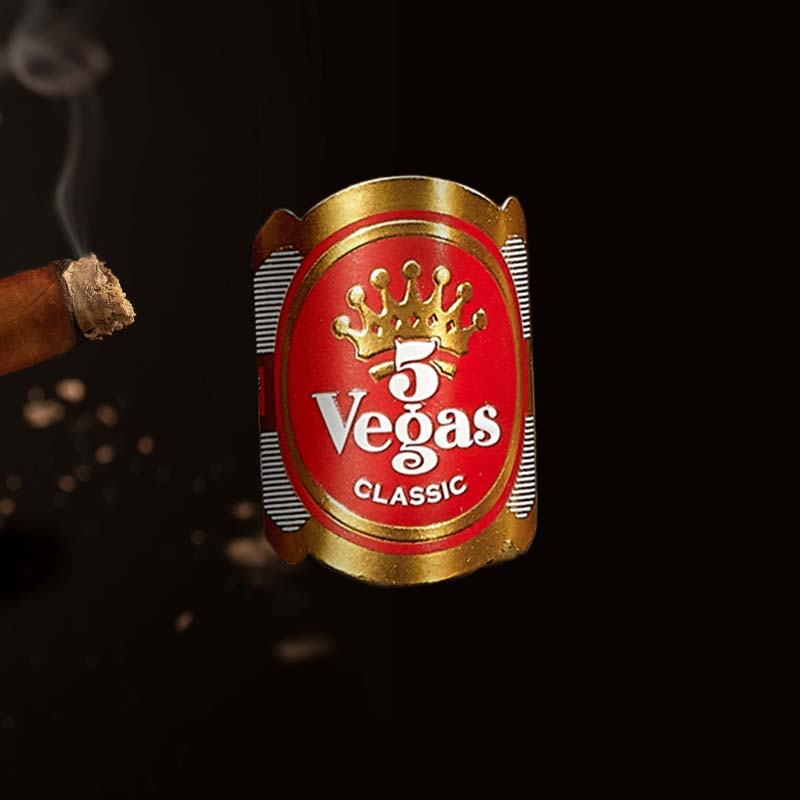
Timing Your Boil or Heat Process
If I have a set amount of water, I can calculate heating time. For instance, 1 liter of water will usually boil in about 5-10 minutes on high heat. Knowing this, I can time my preparations so that when it reaches around 5 minutes, I start watching closely for boiling bubbles.
10. Use Ice as a Temperature Reference
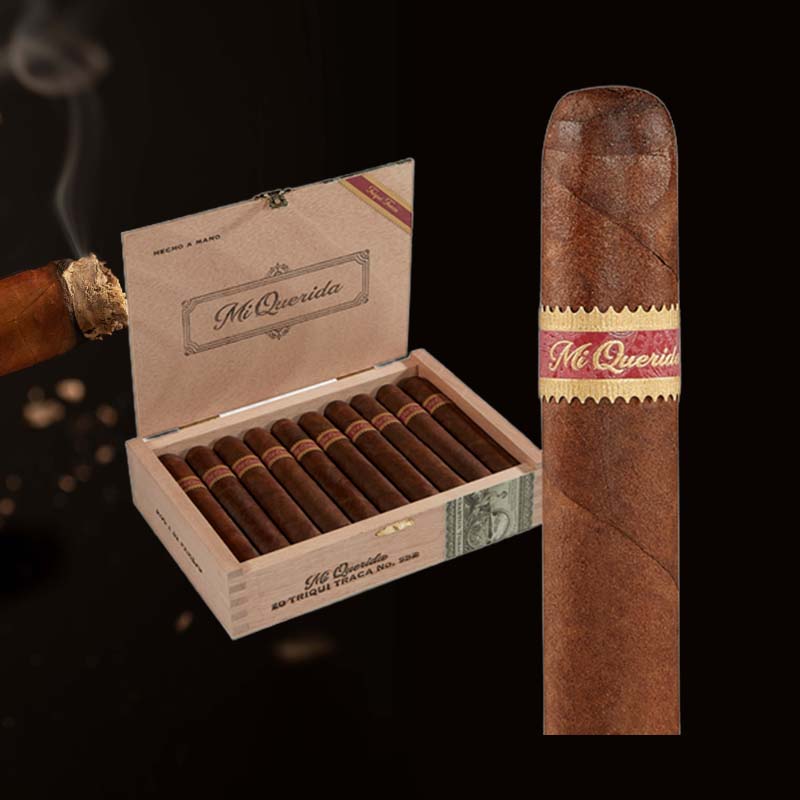
Understanding Cold Water Indicators
Using ice can provide a reference point for temperature. If I drop ice cubes into a glass, the water will cool down to around 0°C (32°F). Once I understand what freezing water feels like, I can gauge how far above that temperature my hot water must be, especially when dealing with hot drinks.
11. Compare with Room Temperature
How to Assess Differences Effectively
I also assess how the water feels in comparison to room temperature, which is generally around 20°C (68°F). If the water feels warm to the touch, it’s likely above this baseline, and if it feels hot, I can estimate it might be over 50°C (122°F). This comparison helps me determine my water’s suitability for different tasks.
12. Utilize Heat Transfer Principles

How Surrounding Environment Affects Water Temperature
Understanding heat transfer is key. For instance, stainless steel pots heat faster than glass ones due to better conductivity. I find that water in a conductive pot often boils 2-3 minutes faster than in a non-conductive one, which helps me adjust my expectations on boiling times based on the materials I use.
13. Conduct a Taste Test (When Safe)
Identifying Temperature Through Taste Perception
When I feel adventurous, I sometimes use a taste test—carefully, of course! For safe beverages, I’ll dip a spoon into my tea or soup when it’s around 60°C (140°F); if it’s too hot, I know to let it cool down a bit before sipping. But you need to exercise caution; this isn’t a method for boiling water!
14. Explore Alternative Tools for Measurement

Household Items That Can Substitute for a Thermometer
Lastly, I get creative with simple household items. For instance, a digital infrared thermography device can measure surface temperatures accurately in a pinch. I keep an eye out for objects that can give readings or reasonable approximations when I lack my trusty thermometer.
15. Conclusion

Summary of Methods to Estimate Water Temperature
In conclusion, mastering how to tell water temperature without a thermometer opens up new possibilities in the kitchen and beyond. From bubble sizes to steam production and even simple time calculations, I now feel equipped to navigate my culinary adventures without needing an electronic tool to assist me. With these reliable methods, I’m confident I can always achieve the perfect temperature for any task!
FAQ
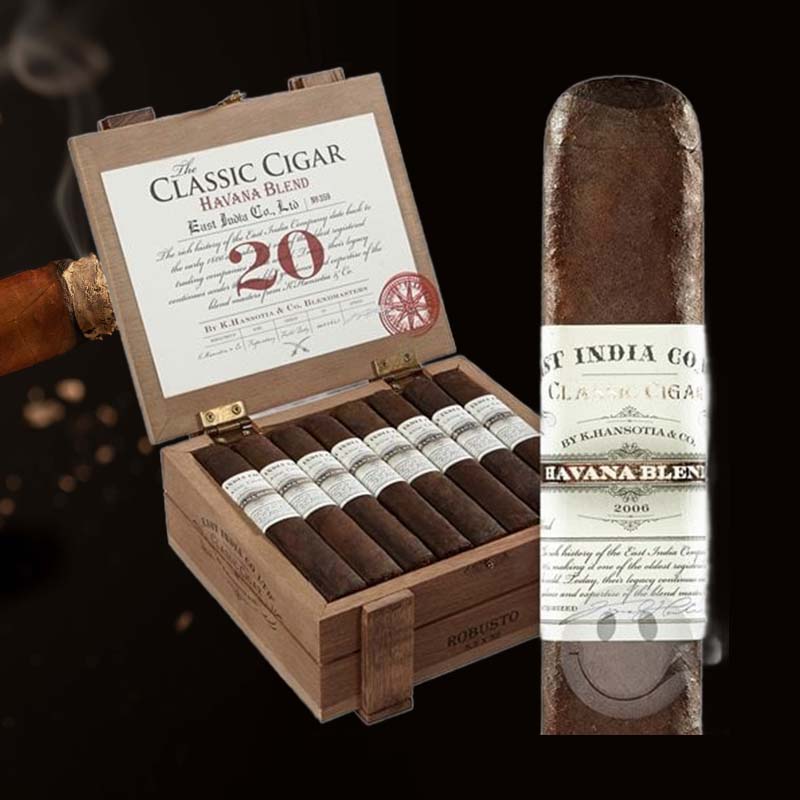
How can I check my water temperature without a thermometer?
I can check my water temperature using indicators like bubbling, sounds during boiling, steam patterns, and visual cues. Observing these elements helps me gauge the temperature accurately without a thermometer.
How do I know what temperature my water is?
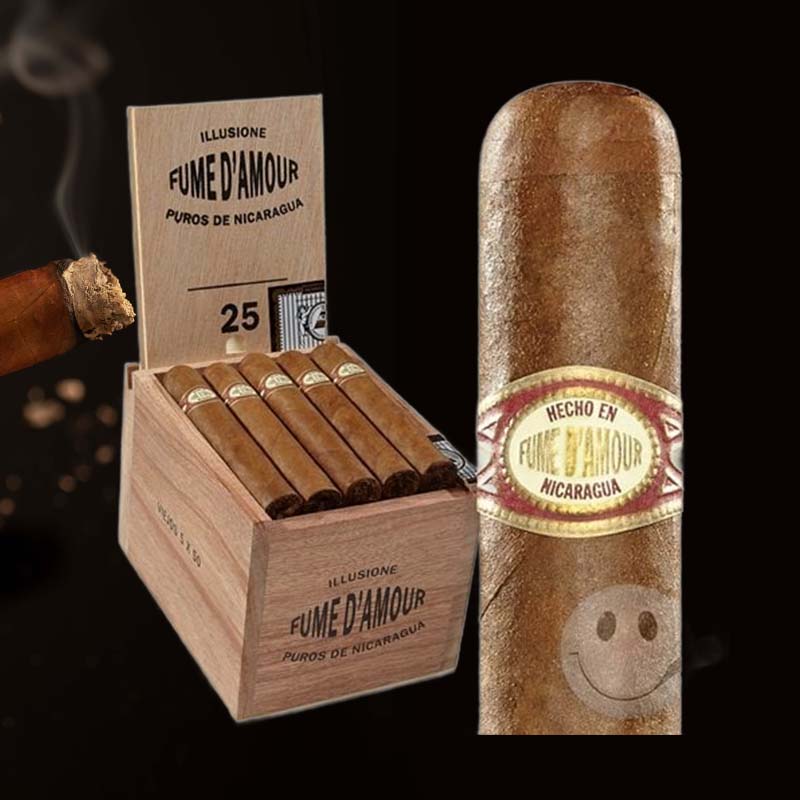
Using a combination of visual assessments—like bubble size and frequency—and sound, I can estimate my water temperature. These signs help me predict whether it’s safe for my cooking tasks.
Is there a way to tell temperature without thermometer?
Yes, numerous methods such as observing steam production, conducting touch tests, and comparing with room temperature can help me estimate water temperature without a thermometer.
How to check baby bath temperature without a thermometer?

For checking bathwater, I carefully use the touch test on my wrist or elbow. I ensure that the water feels warm but not hot, making it safe and comfortable for my baby to enjoy.





